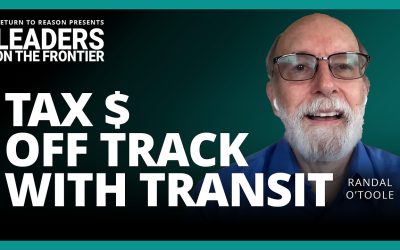Executive Summary
Over the past two decades, various countries have established policies to shift the production of transit services into a competitive environment. Known technically as the purchaser-provider split model, it preserves public funding for the service but creates incentives for efficiency and innovation by requiring both in-house and private operators to bid for the right to operate services. Public transport systems are tendered to multiple operators, who provide service according to public specifications. The resulting regional transit system is seamless, with full fare interconnectivity. Marketing is handled by the tendering agency, which ensures that all services are operated, from the perspective of customers, as part of a single, unified system. Without exception, the result has been cost savings, which vary country to country based upon labour market conditions.
Full Text of Policy Series No. 8 – (PDF, 14 pgs, 118 Kb)


